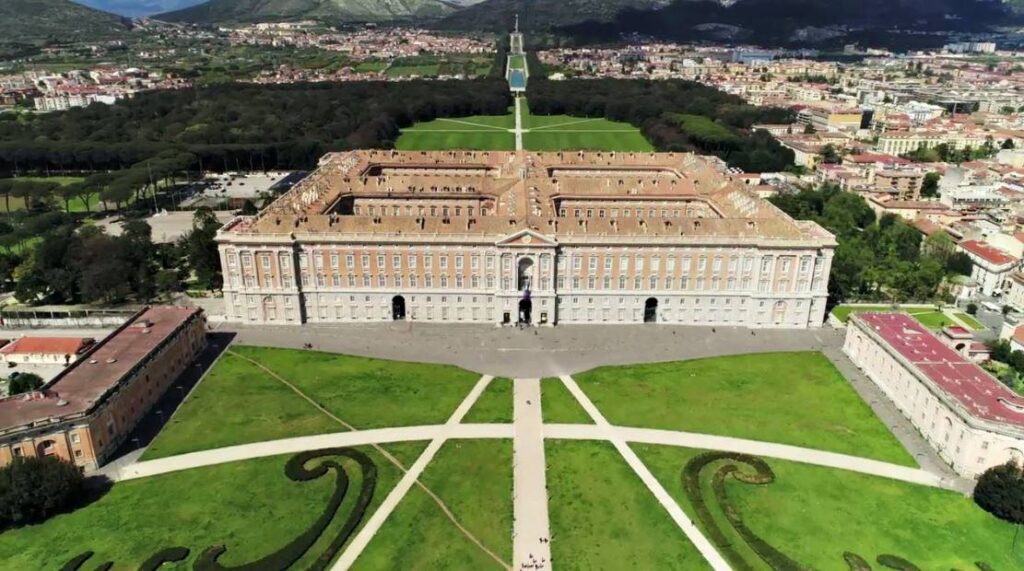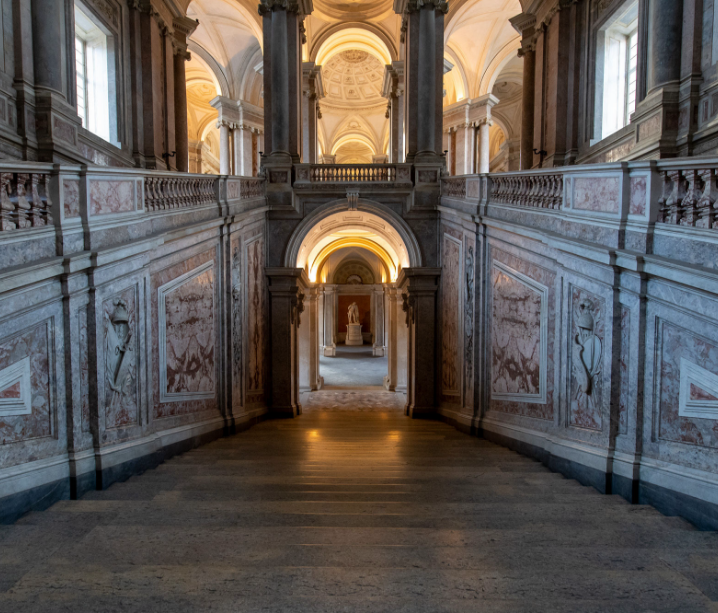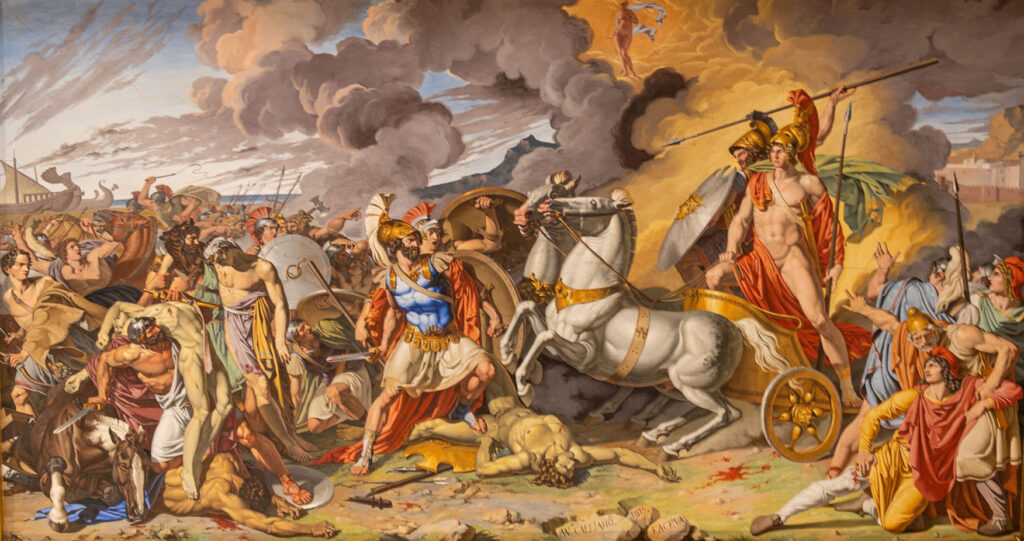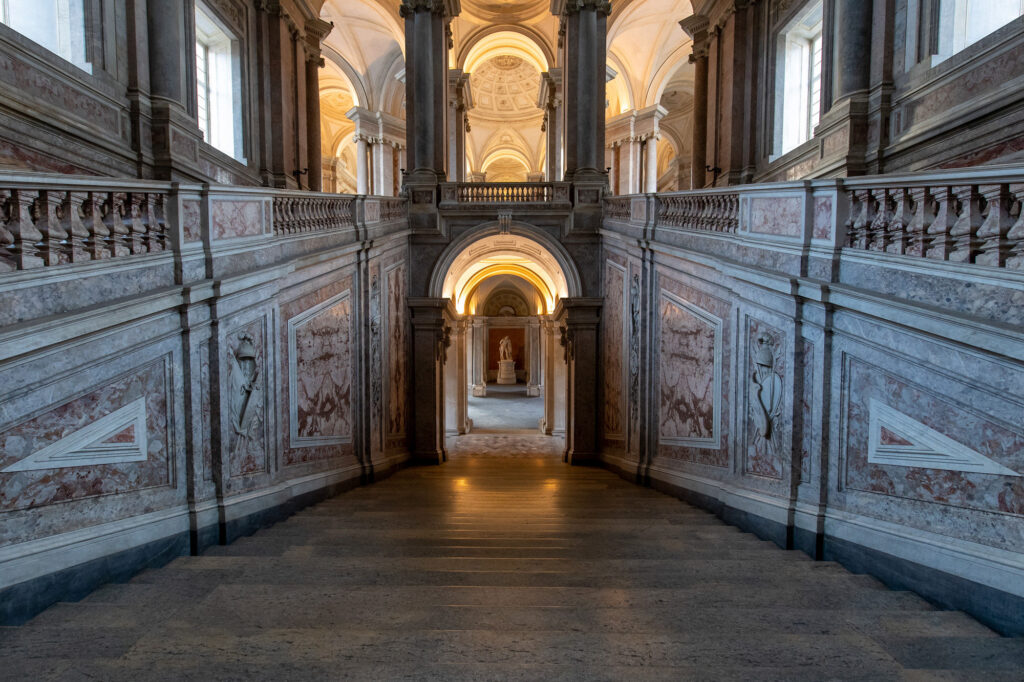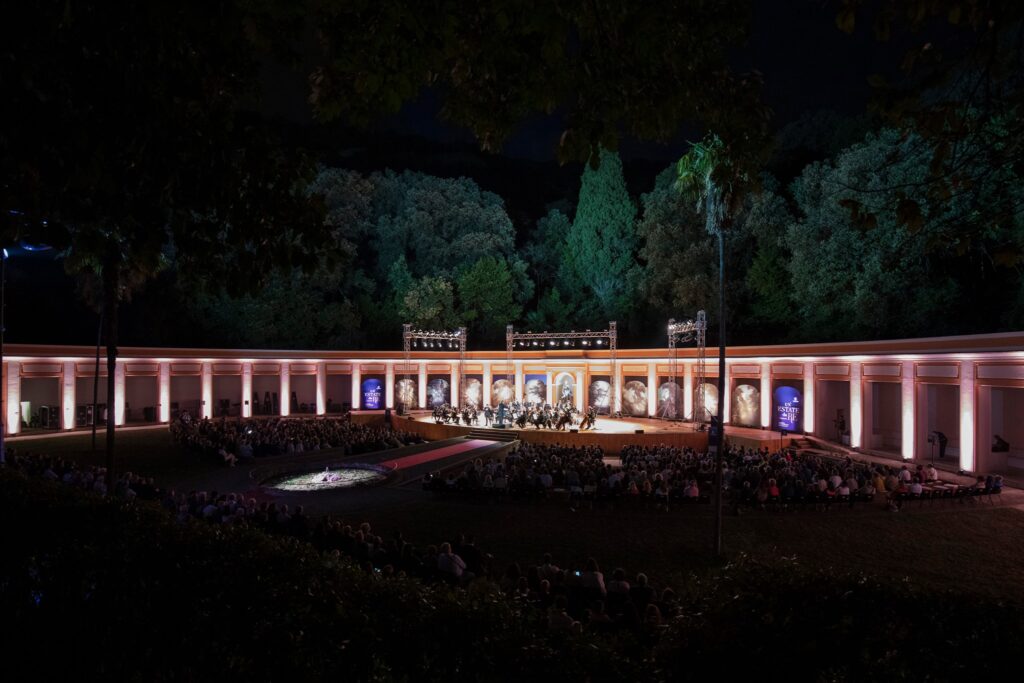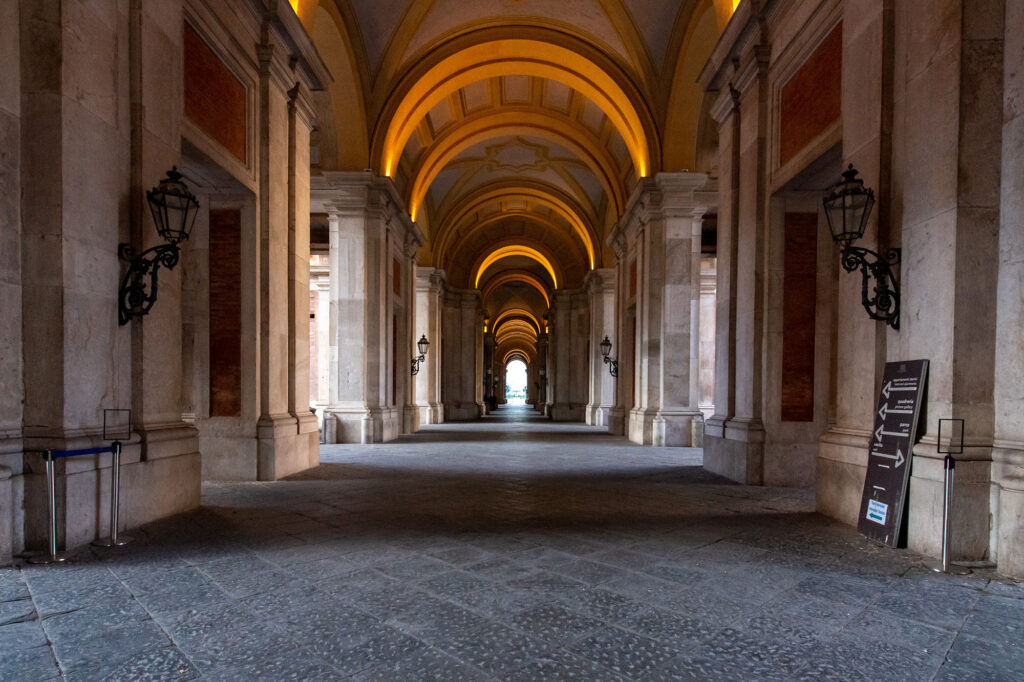The Bourbons’ “Royal Delight”
The San Silvestro Wood along with the site of San Leucio, the Royal Park and the English Garden, was part of the “Royal Delights” of the Bourbons. The Royal Estate extends for about 76 hectares behind the Royal Park, on the hills of Mount Maiuolo and Mount Briano, from where the waterfall that feeds the fountains of the Vanvitellian complex descends. The Wood stands on the land purchased by King Charles of Bourbon, subsequently reunited and delimited by a perimeter wall by the will of Ferdinand IV. The area was used for agriculture and hunting, lead by the example of what usually occurred in other European courts. Based on the activities carried out, the Site was equipped with a Casino between 1797 and 1801, designed by the architect Francesco Collecini. In 1922 the ownership of the forest passed from the Crown Property to the State Property. Subsequently, its management is transferred from the Province administration to the Ministry for Cultural and Environmental Heritage. In 1993 the site was entrusted to the WWF, becoming an Oasis open to the public the following year.
 Find out more
Find out more
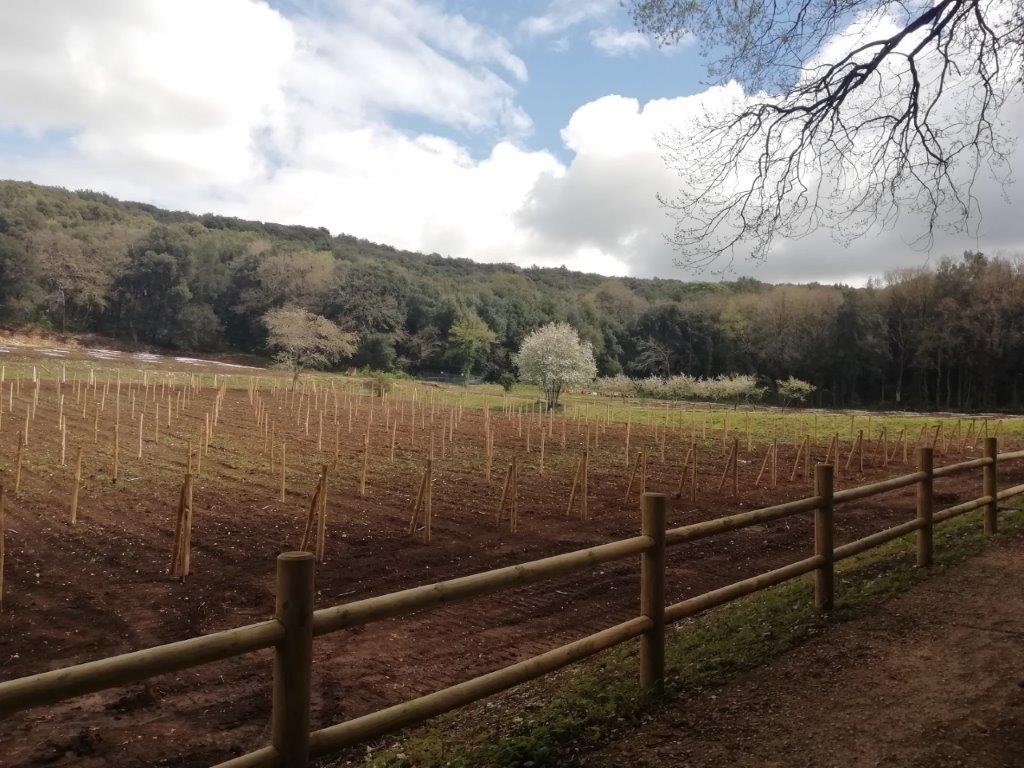
The San Silvestro Vineyard And The Ventaglio Vineyard
In San Silvestro Wood one can find multiple plants such as olive and fruit trees, but it was the vineyards that really characterized the Royal Estate. In addition to the “Vigna di San Silvestro”(San Silvestro Vineyard) there was the famous “Vigna del Ventaglio”(Fan Vineyard), so called due to the characteristic semicircular plant that included all the vines present in the Kingdom of the Two Sicilies. Among the cultivated vines, Pallagrello was Ferdinand IV of Bourbon’s favourite wine. In 2017 the Royal Palace of Caserta launched a call for the restoration, cultivation and management of the ancient vineyard. Today the Tenuta Fontana Agricultural Company, which operates with organic farming methodologies, carries on the project for the enhancement and recovery of the traditional production of Pallagrello.




The Rete Natura 2000
The San Silvestro wood has been recognized by the European Union as a Site of Community Importance (SIC), a habitat whose survival is relevant to the international community. Since 1995, the Site has been part of the Rete Natura 2000 (Nature 2000 Network), a system spread throughout the European Union in order to protect biodiversity. The position of the forest is of vital importance for many bird communities: the nesters arrive there from the south of the Sahara in the spring, while they leave in the autumn, giving way to the winterers arriving from northern Europe. Many other species reside permanently in the forest along with numerous mammals, amphibians, reptiles and insects. A special mention goes to the Jay, chosen by the WWF as a symbol of the Oasis as the “guardian” and “gardener” of the Wood. The bird warns the other animals of the arrival of strangers and buries many of the acorns it feeds on which, by budding, contribute to the renewal of the vegetation. Holm oak predominates in the evergreen forest, associated with other plants such as downy oaks, hornbeam, laurel, maple and other Mediterranean scrub essences such as phillyrea, myrtle and mastic. The flowering of cyclamen and violets meadows together with many other species of wild orchids is spectacular.



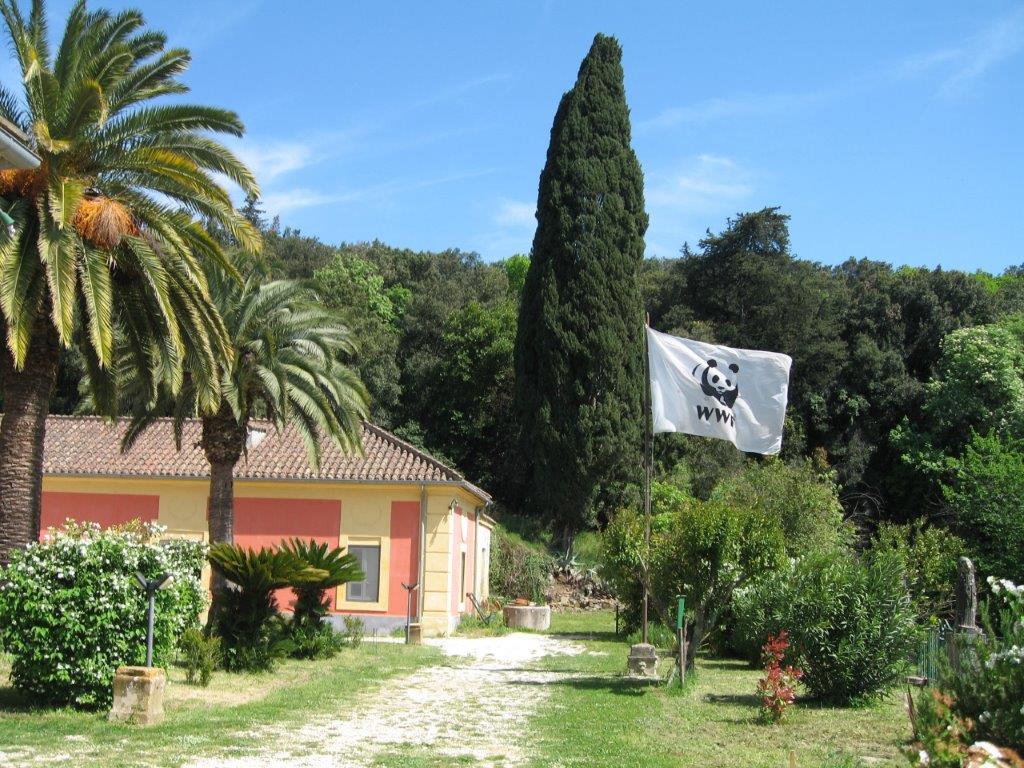
A WWF oasi
For over 26 years the WWF Oasis San Silvestro Wood, has been an outpost for environmental protection, a reference point for environmental education, scientific research and eco-sustainable tourism. Together with the other oases spread in Italy and around the world, it contributes with its activities to safeguarding the environment and building a future of harmonious coexistence between man and nature. The Oasis offers numerous visits and workshops; here lies a small naturalistic museum and accommodation facilities based on ecological principles.







